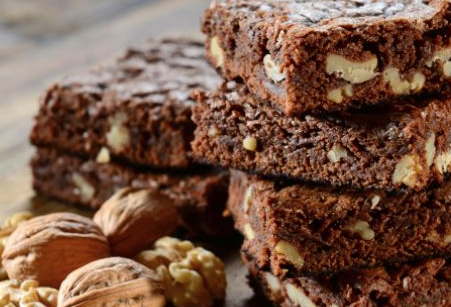Part 1: Buckwheat
Just for reference: Gluten refers to the protein found in wheat (which includes durum, semolina, spelt, and farro), rye, barley, and triticale — a cross between wheat and rye.
Tip: There is no single flour that replaces wheat fully. So get creative and blend ingredients. Shawna Coronado, author of Stacked With Flavor, says that grain-free flours can taste flat and inconsistent (coconut or almond flour for example) when you use alone. Other flours can be starchy, gritty or just not flavorful. She recommends blending flours and starches to create an all-purpose substitute.
Buckwheat: It’s name is deceiving. But yes! It is gluten-free. Buckwheat has a more rustic, earthy flavor. Europeans use it to make pancakes, crepes and breads. Try it for yeast breads. Also use it in and pound cake-type cakes, says Monica Ruiz-Noriega, Ph. D., a functional nutrition and wellness coach of San Francisco-based Vigeo Nutrition
Buckwheat is considered a superfood. This flour contains four times as much fiber as whole wheat flour, and therefore a great source of energy. “Buckwheat is packed with great amount of phytonutrients that help fight against free radicals with their antioxidant properties. It is also rich in protein, minerals such as magnesium, iron and calcium, and vitamin C that collectively work to improving blood circulation, the supply of nutrients to all parts of the body, and the functioning of various enzymes.”
For more information regarding this super flour and ideas how to use, visit Food.ndtv.com here
Buckwheat Chocolate Walnut Brownie Recipe

#GluttenFree #GutHealthy #ContractBakers #Superfoods #FoodInnovation
https://www.thekitchn.com/16-gluten-free-flour-alternatives-22943791
